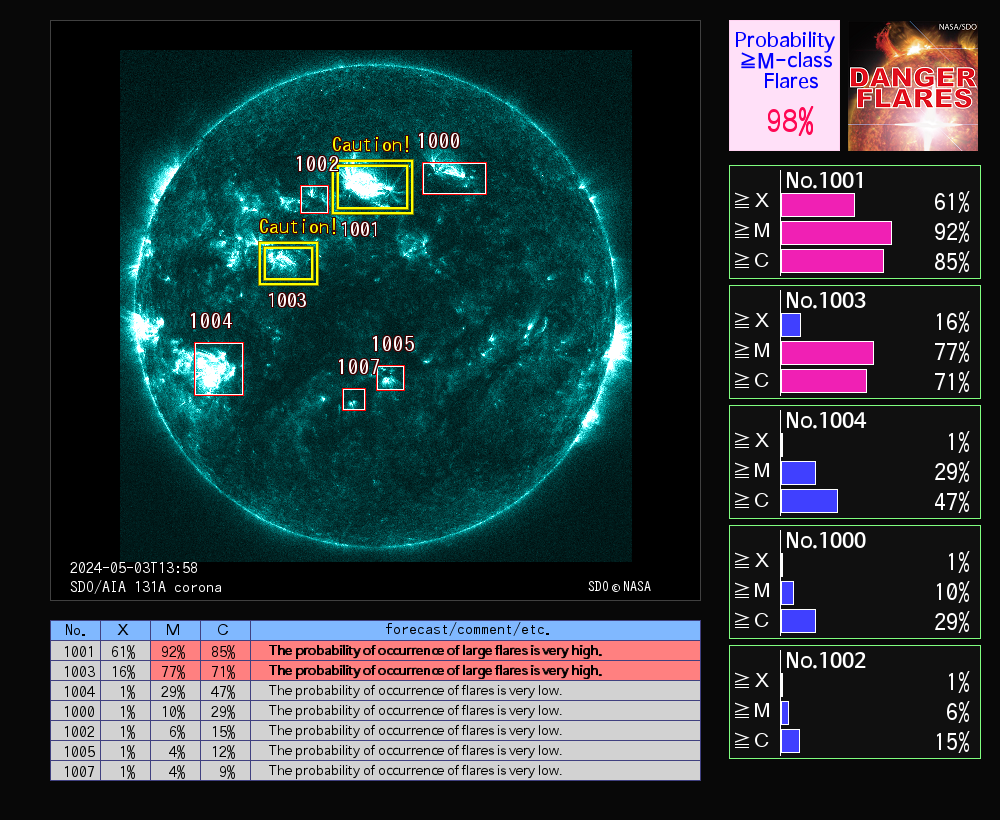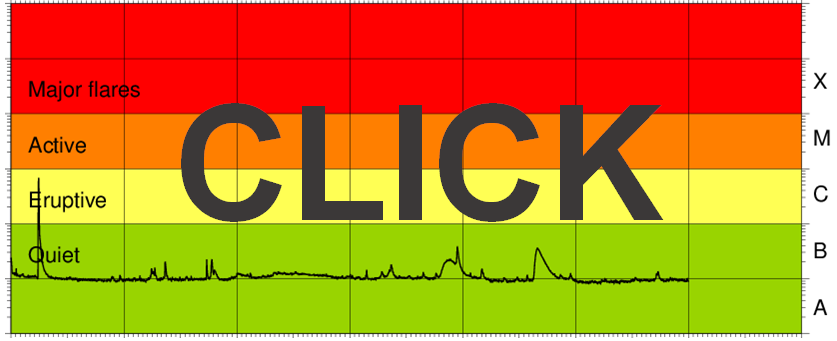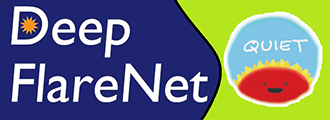
|
◆ Sample images (when solar activity is high) Image01 Image02 Image03 Image04 Image05 Image06 Image07 ◆ Deep Flare Net (DeFN) ・Our prediction model using deep neural networks, named Deep Flare Net (DeFN), obtains solar observation data in real time and predicts solar flares in the next 24 hr. ・Solar flares are classified into X, M, and C-class flares. DeFN model is designed for deterministic forecast of X-class, >=M-class and >=C-class flares. ・The training data consists of the line-of-sight and vector magnetograms (HMI/SDO), 131A and 1600A images (AIA/SDO) and the soft X-ray data (GOES). ・Solar flares occur in active regions, where magnetic field is strong around sunspots. DeFN automatically detects active regions with strong magnetic field (>40 Gauss). ・Few flares occur in quiet regions where magnetic field is weak, but they are not predicted by DeFN, as well as limb flares. DeFN skipps when the lack of full data. ・Detected regions are numbered for each prediction. The area No. corresponds to No. in the right graph. Different three models are used for X,>M,>C-class predictions. ・When the bar graph exceeds 50%, we predict that a flare will occur. 50% corresponds to the median of the distribution of flare frequency. DeFN is unique that there are few missed flares. ・The probability of occurrence P for the full solar disk of M-class or higher is displayed in the upper right corner. When the probability of occurrence in each region is p1, p2, p3..., it is calculated by P=1-(1-p1)(1-p2)(1-p3).... ・See DeFN performances more in detail in the following papers. - Nishizuka et al. 2021, Earth, Planets and Space, 73, 64 - Nishizuka et al. 2018, The Astrophysical J., 858, 113 - Nishizuka et al. 2017, The Astrophysical J., 835, 156 ・The database and code of DeFN model are released free. - Released DeFN Database (WDC@NICT) - Released Code of DeFN (GitHub) ◆ Acknowledgement The data used here are courtesy of SDO/NASA, GOES/NOAA and SDO-JSOC team (Stanford University, LMSAL and NASA). |
Today's Solar Activity
Space Weather Forecast (NICT) 




|
